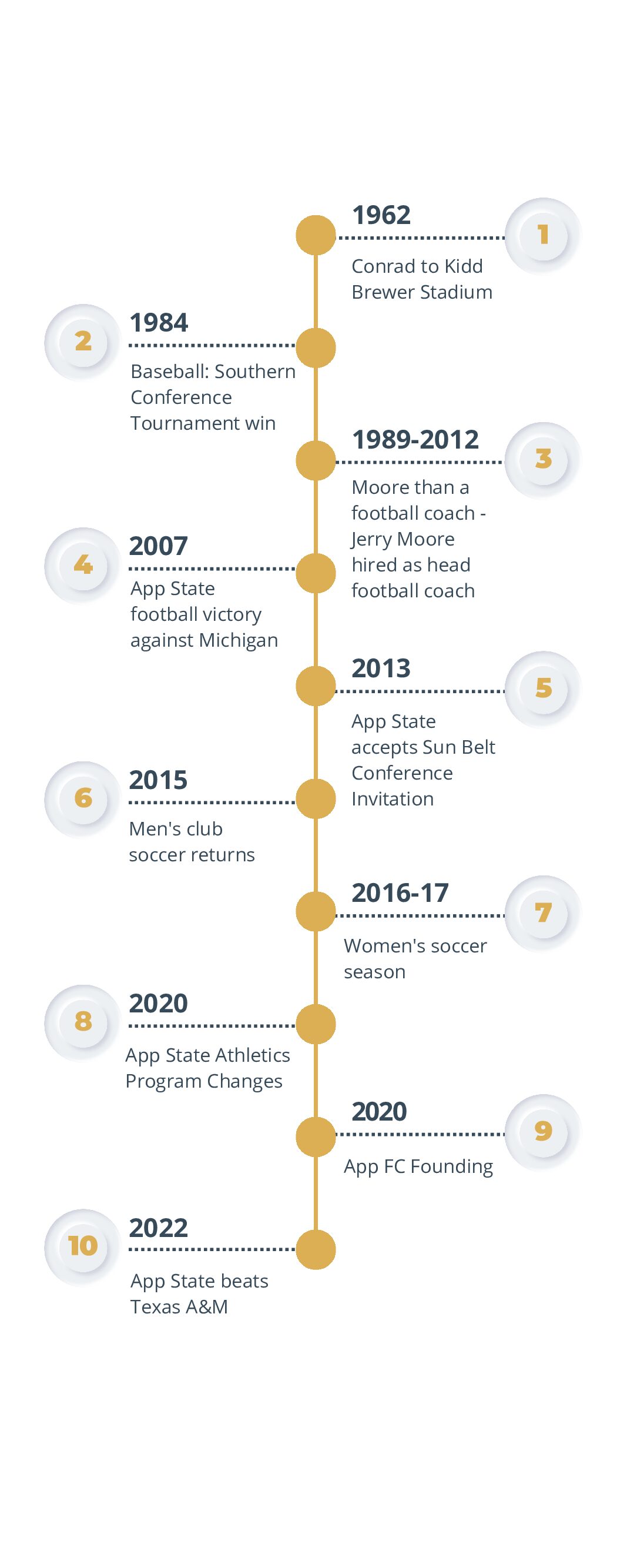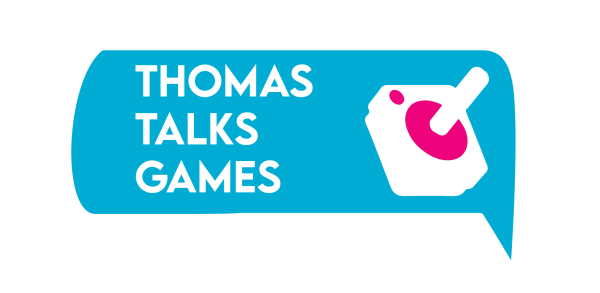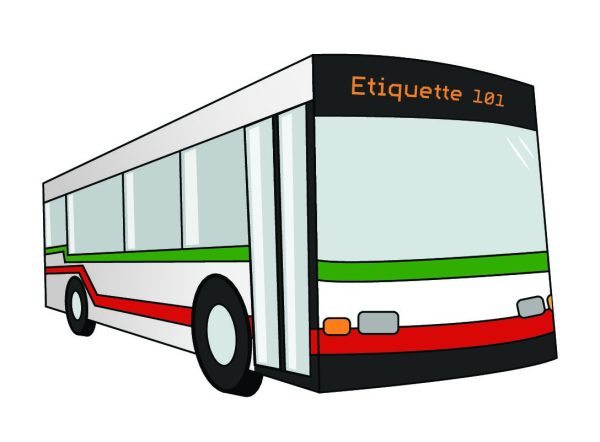Caleb’s Concepts: In defense of the SAT
April 23, 2021
The SAT is not biased. It is an objective measurement of intelligence that is highly correlated with student success at a four-year university. Don’t believe me? No problem, just follow the science. But first, let’s define intelligence.
Intelligence is an abstract concept that captures different cognitive abilities called general intelligence. There are two types of general intelligence, fluid and crystallized. Fluid intelligence is the ability to solve reasoning problems and is correlated with skills like comprehension and learning. Crystallized intelligence, for its part, relies on secondhand knowledge or knowledge accumulated from someone else. A 2015 study found a strong correlation between fluid intelligence and academic performance highlighting its importance. How is fluid intelligence tested?
Intelligence testing gives participants a battery of questions designed to gauge an individual’s cognitive ability. Standardized tests utilize the same mechanism and attempt to capture participants’ cognitive ability. Yet, not all tests are the same. The Armed Services Vocational Aptitude Battery captures crystallized intelligence while the SAT captures both fluid and crystal intelligence and is correlated with academic achievement. Despite what popular media and public intellectuals will tell you, there is a scientific consensus on the SAT being used as a proxy for fluid intelligence.
There are two common criticisms leveled against the SAT. The first being that the language utilized within the SAT is culturally loaded implying that disparities in outcome are a product of biased language. To analyze this claim, we must first determine whether or not the SAT predicts college achievement. If the SAT does not predict college GPA and graduation rates, then the SAT shouldn’t be used. A 2019 study commissioned by the UC system in California found that the SAT is a better predictor for minority success at four-year universities than high school GPA. These findings replicated across demographics. Additionally, high school GPA lacked standard grading metrics resulting in grade inflation, reducing the predictive validity of high school GPA to predict college success from 2007 onward. This report also concluded that admissions counselors weighted the SAT in accordance with other admission factors. Meaning that admissions departments analyzed students’ personal statements, high school GPA and other variables. Of factors listed, high school GPA is assigned the greatest value in admissions decisions.
A 2018 study analyzing data from the Educational Longitudinal Study, found that “mismatched” students of all colors attending selective institutions had worse academic performances. This means a wealthy legacy kid will suffer academically on account of his abilities being “mismatched” with the university. However, the study concluded that regardless of “mismatching,” minority students still obtained accreditation from selective institutions.
While dropping the SAT may anecdotally boost a university’s diversity, there is no empirical proof backing these claims. In 2015, a group of researchers found that liberal arts universities that made standardized testing optional did not see an accurate representation of students. Additionally, the UC system report found that the combination of high school GPA and SATbest predicts college success. The report found rampant grade inflation at wealthier schools and eliminating standardized testing would worsen inequality. This is because there are free resources online designed to prepare students for the SAT. However, there are less resources going into lower income communities geared towards college recruiting. Thus, the UC report authors conclude that closing the achievement test gap is easier than a secondary educational gap.
Any solution requires an effective remedy to the problem. Unfortunately, by the time of college admissions, the damage has already been done. Harvard economist Raj Chetty found that children randomly assigned to high-performing classrooms had higher college attendance, test scores and earnings. Experienced teachers play a significant role in shaping the outcome of children suggesting an early childhood intervention will fix disparities.
Chetty’s research states that early interventions play a much larger role in shaping future outcomes than class. Certainly, imposing a lottery system that randomly assigns children to classrooms could affect future outcomes. Economist Roland Fryer Jr, found that negative teaching incentives, where teachers are paid in advance to increase scores else they give money back, increases mathematical test scores by 34% or a standard deviation. Another, potential policy implementation is an increase in charter schools in disadvantaged communities. This is expanded upon by economist Thomas Sowell in “Charter Schools and Their Enemies.” Within this book Sowell uses an example of a predominantly Black charter school with an average family income of $49,000. This particular charter school scored better than other schools, despite some having average household income five times higher. In conclusion, eliminating the SAT will not improve educational diversity and may reduce minority attendance. Early childhood interventions boost low income children’s test scores and will give universities more diversity. Again, eliminating the SAT will not accomplish the desired goal.






















